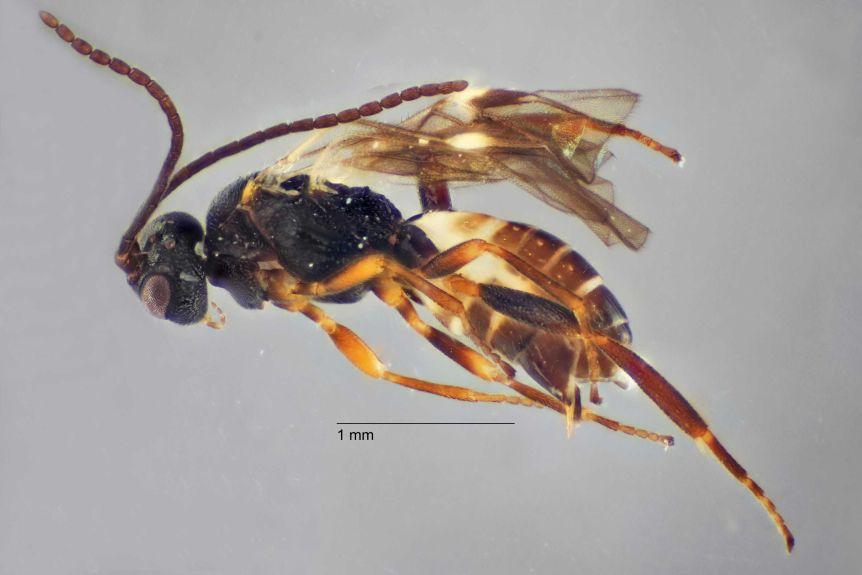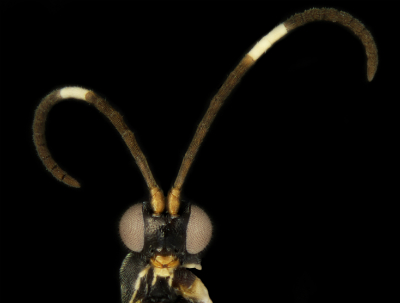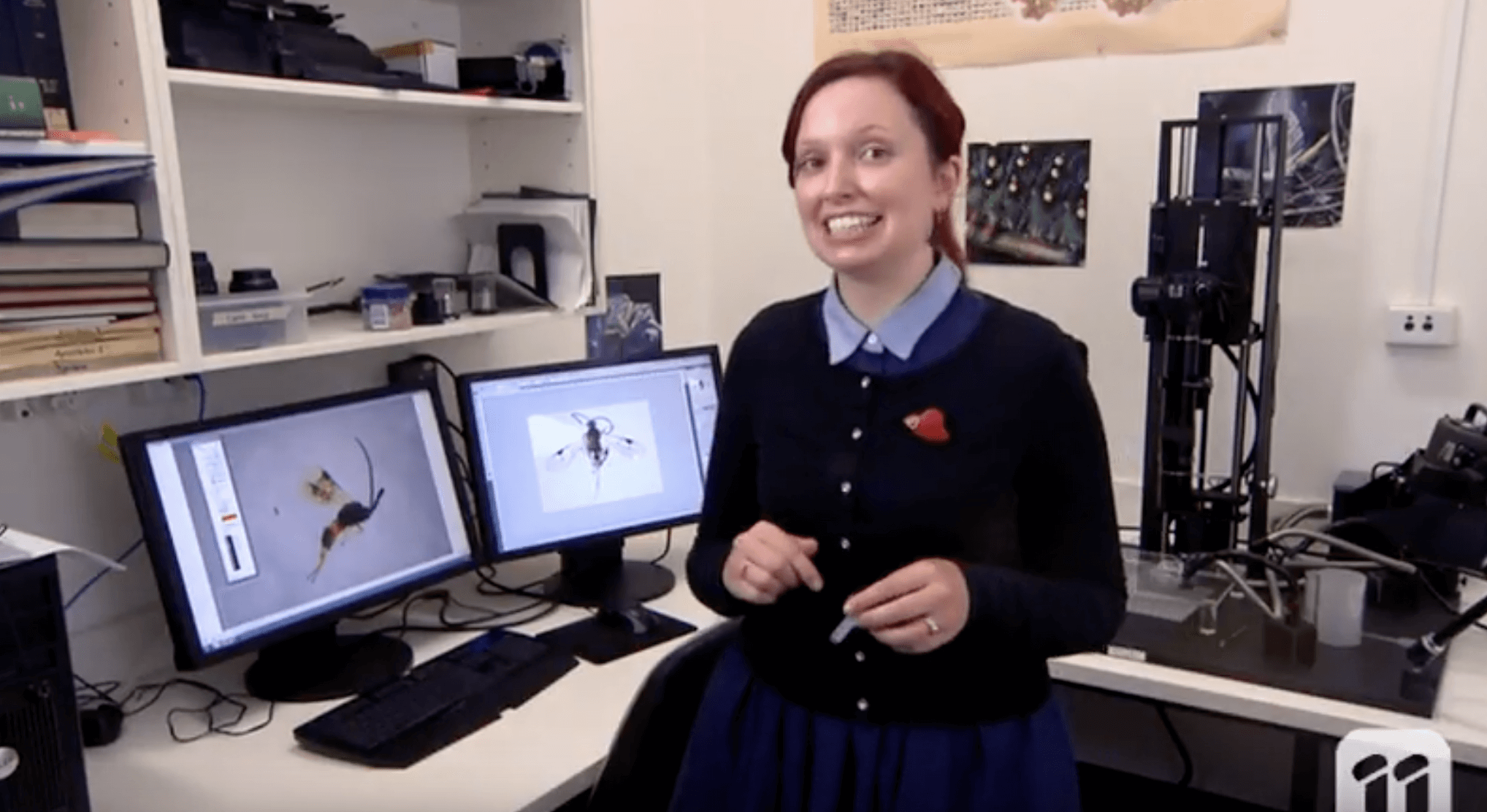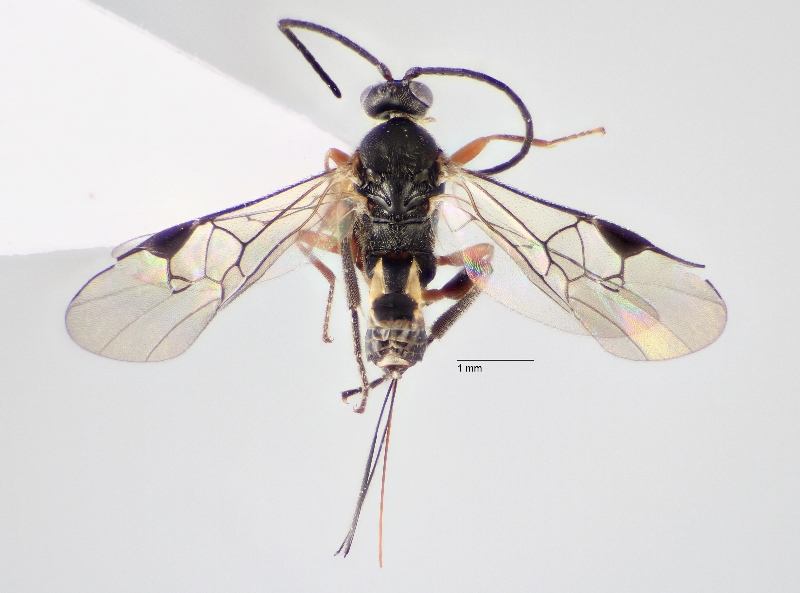Identifying, describing and giving names to new species is the art and science of taxonomy. It may seem trivial, but the more we know about how many species there are and how they differ from each other, the better we can conserve, protect and utilise the environment around us. Choeras is a genus of parasitoid wasps that attack Lepidoptera (moths and butterflies). The female wasps inject their eggs into the caterpillar, and the baby wasps (larvae) proceed to hatch and eat the caterpillar from the inside out, until they eventually burst out like a scene from the movie ‘Alien’ and transform themselves into adult wasps. Whilst these wasps have a tantalising life-cycle, their appearance is less so: only a few millimetres long with dark colouration and differences generally only visible under a microscope.
Our paper revisited this genus for Australia, for which the taxonomy had not been looked at since the early 1990’s, and described two new species. C. morialta was named for Morialta Conservation Park from which the majority of specimens were collected. The other new species, C. koalascatocola, was named for the interesting biology of the specimens, which emerged from the scats of koalas! The wasps were presumably parasitising a caterpillar in the scat which was collected for a survey, after which they languished in the university collection for several decades. Both these species now have names and formal descriptions, adding one more piece of knowledge to our ever-growing understanding of the environment around us.
By Erinn Fagan-Jeffries
The featured image is courtesy of Erin Fagan-Jeffries, and shows the Wing morphology of Choeras spp, C. tegularis and C. epaphus.
Read the whole paper in published in Austral Entomology









